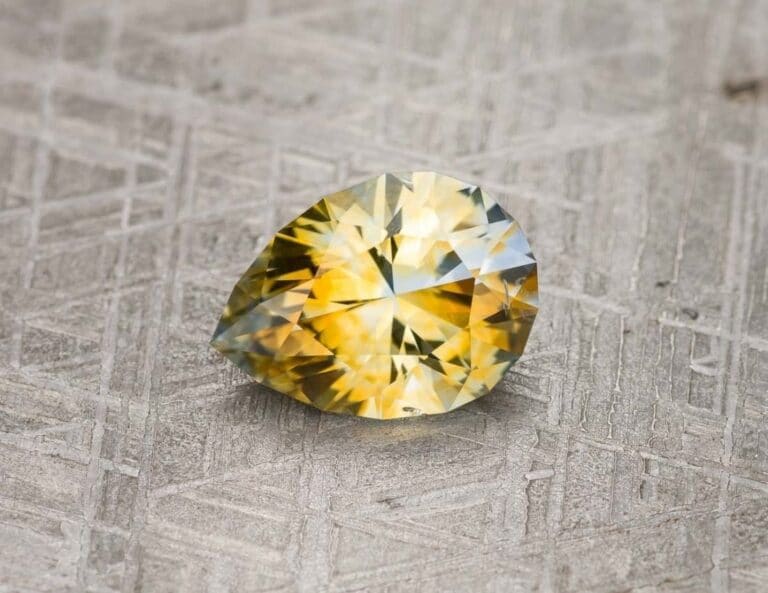Heat Treatment of Montana Sapphires
Introduction
This page has been written to provide an overview of the heat treatment of Montana sapphires, as the topic is one that is still little understood by many. In the following sections I’ll explain why some sapphires are heated, what is done during the heat treatment process, how it changes the gemstones and how the heat treatment process can impact the value of the finished gemstone. Read on and perhaps you’ll learn something new!
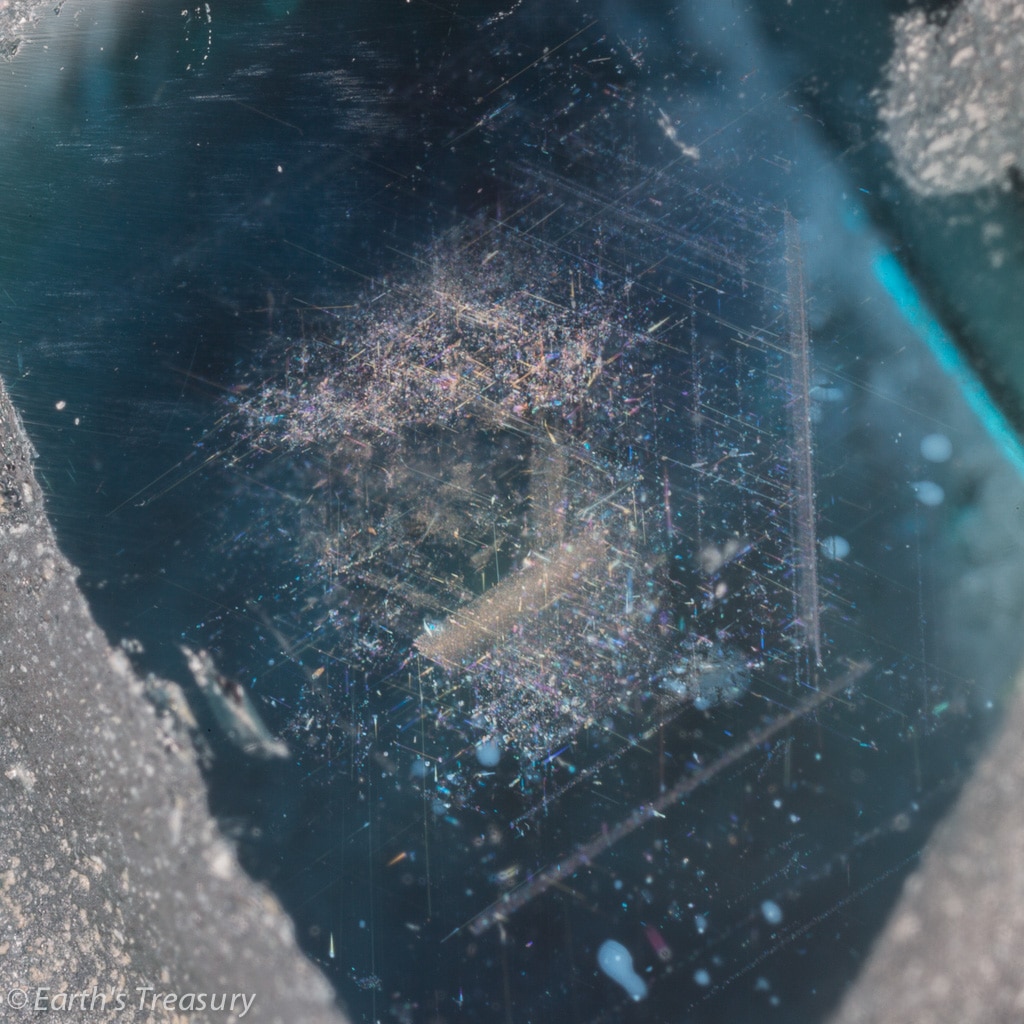
Heat Treatment: Why Heat a Sapphire?
So why are some sapphires heat treated? The photo above visually shows why: Many sapphires have inclusions of very fine hair-like crystals of a mineral called rutile. Rutile is a titanium oxide and often it forms in conjunction with a sapphire crystal, becoming embedded within the structure of the crystal. The needles of rutile typically form along the crystal axes, forming patterns like you can see in the photo above, where they follow the hexagonal outline of the crystal. They can be very diffusely spread or in dense patches; in the crystal above there is a mix of both. The rutile is typically referred to as “silk” due to its similarity in appearance to fine natural strands of silk. Too much silk in a sapphire can negatively impact its appearance, making it dull and lifeless, or making it appear gray. Heating will dissolve these rutile needles, improving the clarity and color of the sapphire–and the value, as I will explain below.
Heat Treatment: The Process
Sapphire can withstand incredible temperatures–its melting point is 2044 degrees Celsius (3711 degrees Fahrenheit). It also has no defined cleavage and very high toughness, so it can endure being heated to very high temperatures without much risk of damaging it. Meanwhile, rutile melts at 1843 degrees Celsius (3349 degrees Fahrenheit). Heat treatment takes advantage of this difference, by heating the sapphire to a high enough temperature to dissolve the rutile, without melting or altering the sapphire. In practice, rutile actually begins to dissolve at a somewhat lower temperature, generally between approximately 1650-1700 degrees Celsius, and this is the typical temperature that the stones taken to when heat-treated. By taking the sapphire up to these high temperatures and then holding it there for a number of hours, the rutile is dissolved into sapphire, improving the clarity of the gem, often substantially. Many times a stone that is cloudy and dull can be heated to a very high level of clarity.
The heat treatment process is done to not only improve the clarity but also to “develop” the color of the stone. The blue color in sapphires comes from the interaction of titanium and iron trapped in the crystal lattice. Tiny amounts of each mineral interact in a way that produces a beautiful blue color in the gem. The process of heating the rutile causes the titanium of the rutile crystal to diffuse into the sapphire crystal lattice, and in the presence of trace amounts of iron a beautiful blue color will develop. Heat can also change the colors created by other minerals as well. For example, high enough iron content will give a green or yellow color to a sapphire; heating typically causes an iron-rich sapphire to turn a deeper yellow. If there is significant rutile to provide a source of titanium, the sapphire can turn a deep shade of blue green. Traces of magnesium can cause some sapphires to turn a rich orange color when heated, and the temperatures required are much lower than those required to dissolve rutile. In pinkish or lavender sapphires, blue hues can be driven out of the sapphire by heating at lower temperatures as well.
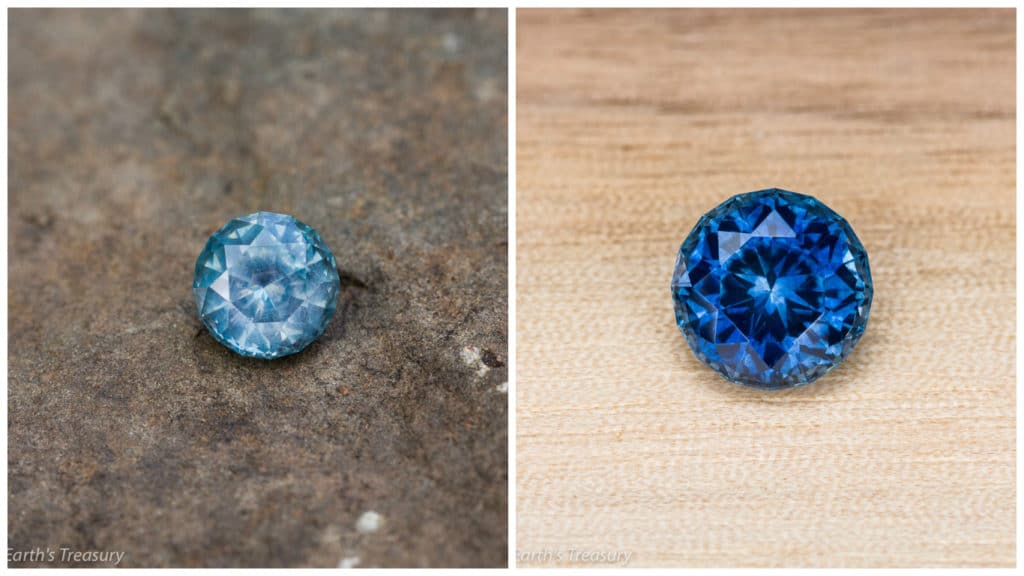
The heating to dissolve rutile silk or develop some of the other hues is referred to as “traditional” heating, as it has been done in some form for hundreds if not thousands of years. That said, it was only in recent decades (mostly the 1980’s) that it was discovered that low-value milky whitish-gray sapphires could be turned blue by heating for a long enough period of time to completely dissolve the silk. These sapphires were sold for some time without disclosure, and when discovered, it had a impact on public trust. Organizations like the AGTA arose in part because of this problem; as an AGTA member I am held to a code of ethics that requires me to disclose all treatments of the gems I sell.
In the 1980’s there was significant effort put into researching how to heat the Montana sapphires. Many of them have pale colors when they are mined and a good number have rutile silk present. However, treating them the same way as other sapphires resulted in very low yields of blue gems–many turned green, yellow or blue-green instead. It was only with substantial research that the process of heating Montana sapphires was perfected. Its similar to what I outlined above, but during the heating process the atmosphere in the kiln is very carefully controlled, particularly the relative ratios of oxygen and hydrogen. By controlling the atmosphere, a much higher yield of blues can be obtained from the Montana sapphires. This process requires more sophisticated electrically-powered kilns so even today it is a specialty process done by just a few heat treating experts here in the United States.
Heat Treatment: Results and Impact on Value
The changes in color clarity made by heating sapphires is permanent and stable. In every case its done to increase the final value of the gem relative to the unheated rough or gem. However, when it comes to value, an unheated fine blue sapphire will always be more valuable than a heated blue sapphire of the exact same size and color. This is because of the inherent rarity of truly fine unheated sapphires–such stones are orders of magnitude more rare than diamonds, for example. That said, a heated stone of a highly desirable blue color can have equal or greater value to an unheated stone of the same size in a blue-green color, for example.
The sapphires found in Montana fall into a few distinct groups with regard to heating and the locality they are found in makes a big difference. The famed sapphires found in the Yogo deposit are naturally a very desirable shade of blue and have high clarity–they were heated naturally in the ground by the molten magma that brought them to the surface. They are almost never heated. The El Dorado Bar sapphires and other sapphires found in the alluvial Missouri River deposits tend to have very high natural clarity and typically do not require heat treatment. The few that do require heating can be turned into some incredibly desirable shades of blue, including very fine cornflower and royal blues. These are rare stones, and because of both their rarity and desirable color, they can actually sell for very high per carat prices, even as heated gemstones.
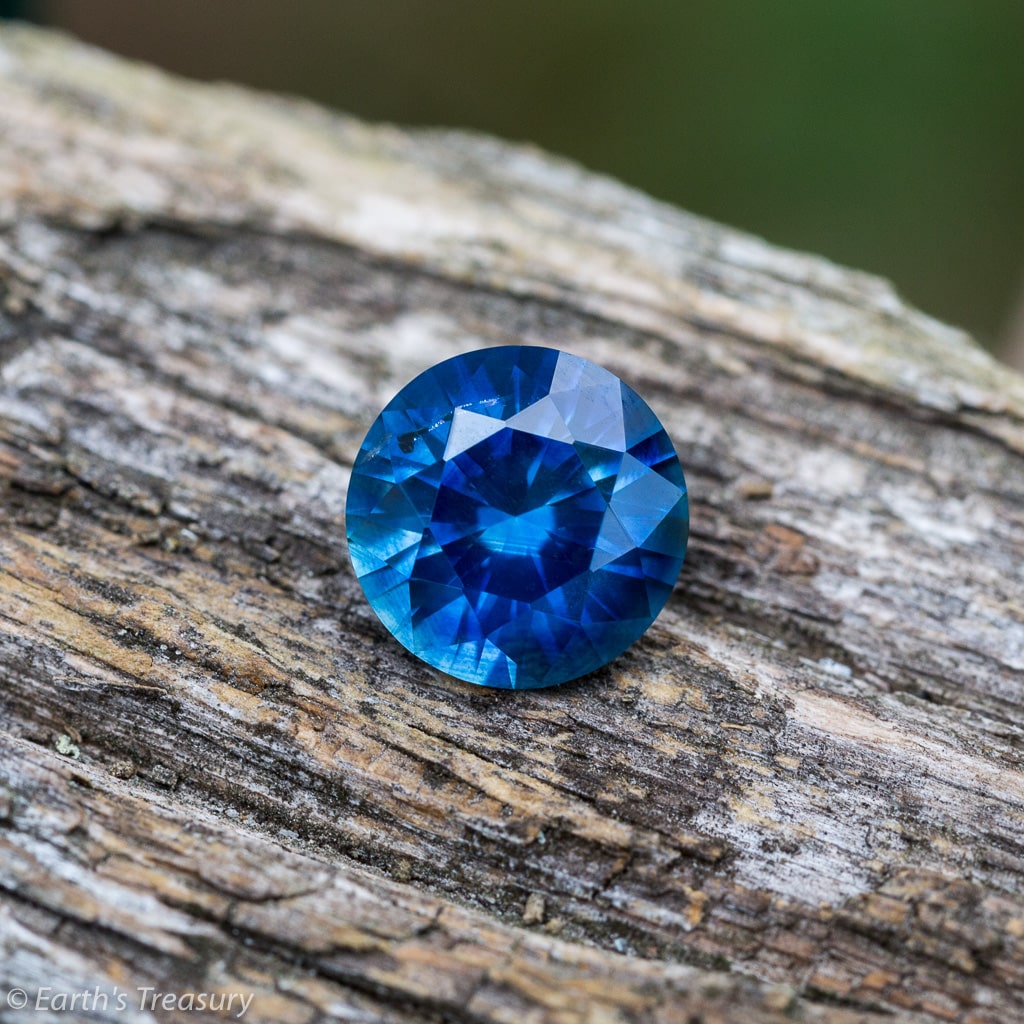
The Rock Creek sapphires are the most commonly heated Montana sapphires–and with good reason, as they generally show significant improvements in color and clarity with heat treatment. The Rock Creek sapphires typically are a pale blue-green when they are mined and most have light to moderate amounts of rutile silk in them. Heating them under the carefully controlled conditions I described earlier can produce a relatively high yield of blues and blue-green stones. Typically they are put through a two-stage heating process, with the first under conditions intended to produce the fancy colors, such as yellows, oranges, purples and pinks. The remainder of the stones are then put through “blue burn” intended to develop the best blue colors.
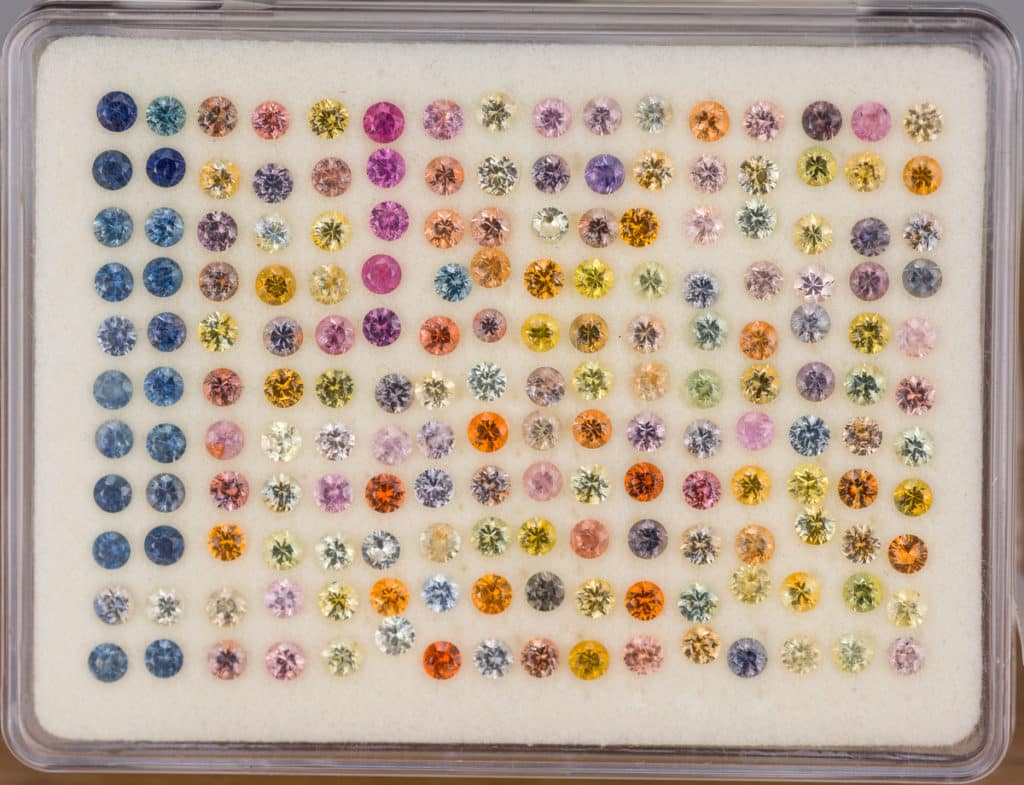
Heat Treatment: Disclosure
Heat treatment should *always* be disclosed. Unfortunately it is often not disclosed, so the buyer needs to be very careful about who they buy a sapphire from. As a member of the American Gem Trade Association (AGTA), I am bound by ethics statement I sign every year, requiring that I disclose any and all treatment on my gemstones. However, chain of custody is also crucial (see my blog post on chain of custody). I frequently see rough Montana sapphires listed for sale on eBay and other online sites as “untreated” when its quite clear that it has indeed been heat-treated. Not all folks who cut gems or have rough cut are knowledgeable enough to know the difference. I source ALL of my rough directly from the miners who dig it up, so I have complete confidence in its natural state. In addition, I am knowledgeable about the heat treatment process, so I can examine the rough and quickly determine whether it has been heated or not.
All of the sapphires I sell come with a certificate with the details on weight, locality it was mined and treatment status (if any) clearly listed. I guarantee the status will be verified by any major laboratory or I will refund the entire purchase price and lab costs. The majority of my Montana sapphires are unheated, as I strongly prefer to cut and sell a completely natural gemstone. That said, I do have some stones heated. The work required to mine each sapphire is significant, and they are rare gems, even when they require heat to reach their full potential.
Read More
For a more technical article on heat treating the sapphires from Rock Creek, Montana, follow this link here: http://www.gia.edu/gems-gemology/winter-1993-montana-sapphires-emmett


